In today’s fast-paced digital world, managing customer relationships and delivering personalized experiences are key to business success. One of the most effective ways to enhance your customer engagement and grow your brand is through Customer Relationship Management (CRM). CRM is not just a tool for managing interactions and storing customer data; it has evolved into a powerful platform that can help businesses manage their advertising efforts as well.
Effective advertising management in CRM involves more than just running ads. It includes using customer data to deliver targeted campaigns, measure ad performance, and ultimately drive conversions. In this blog, we’ll discuss how to leverage CRM tools for advertising management, including segmenting your audience, personalizing campaigns, tracking performance, and more.
Why Use CRM for Advertising Management?
Before diving into how to manage advertising within a CRM, it’s essential to understand why this integration is beneficial:
- Customer Insights: CRMs store detailed data on your customers, including purchase history, preferences, behavior, and demographics. This data allows you to craft more targeted and effective advertising campaigns.
- Seamless Campaign Management: With CRM software, you can centralize your advertising efforts, manage campaigns, and track interactions from a single platform.
- Automation: CRMs enable you to automate repetitive tasks like sending ads, following up with leads, or nurturing prospects based on customer behavior.
- Data-Driven Decisions: By connecting your ads with CRM tools, you can analyze the effectiveness of your advertising campaigns, enabling you to make informed decisions and improve your strategies over time.
Now let’s explore the steps for advertising management within CRM.
1. Segment Your Audience for Targeted Advertising
One of the most powerful features of a CRM is its ability to store and analyze customer data. When advertising through a CRM, you can segment your audience based on various criteria to deliver highly targeted campaigns. Segmentation can be based on demographics, purchase history, past interactions, or even behavioral data.
Steps for Audience Segmentation:
- Demographic Segmentation: Categorize customers based on age, gender, location, income, etc., to tailor ads specifically to these groups.
- Behavioral Segmentation: Use insights from customer interactions—such as website visits, purchases, or social media engagement—to create targeted campaigns.
- Lifecycle Stage: Target prospects at different stages of the customer journey. For example, new leads can receive introductory offers, while loyal customers may get exclusive deals.
By segmenting your audience effectively, you can run more personalized ad campaigns that resonate with your customers’ needs and interests, increasing the likelihood of conversion.
2. Create Personalized Ads and Offers
Once you’ve segmented your audience, CRM allows you to craft personalized ads tailored to the specific needs and behaviors of each group. Personalized advertising is proven to boost engagement and conversion rates because it speaks directly to the customer’s individual preferences and experiences with your brand.
How to Personalize Your Ads:
- Use Dynamic Content: Personalize ad content by using data such as a customer’s name, past purchases, or browsing behavior. Many CRM platforms allow for dynamic content that adapts based on these factors.
- Retargeting: Set up retargeting campaigns for users who have interacted with your brand but haven’t converted. For example, if someone viewed a product but didn’t make a purchase, you can retarget them with a special offer or a reminder about the product.
- Tailor Offers Based on History: Offer special discounts or promotions based on a customer’s purchase history. If a customer often buys a particular type of product, you can create targeted ads that feature related or complementary products.
Personalization not only improves the customer experience but also increases the chances of your ads being noticed and acted upon.
3. Set Up Automated Advertising Campaigns
Automation is one of the most powerful features of CRM platforms. By setting up automated advertising campaigns, you can ensure that your ads are delivered at the right time and to the right audience without manual effort. This improves the efficiency of your marketing efforts and ensures you never miss an opportunity to engage with customers.
How to Automate Ads in CRM:
- Automated Email Campaigns: Create email sequences that automatically trigger based on customer behavior (e.g., abandoned cart emails or post-purchase follow-ups).
- Lead Nurturing: Automate the nurturing process for new leads. Send a series of personalized emails or ads that guide prospects through the sales funnel, from awareness to conversion.
- Push Notifications: Use CRM to set up automated push notifications for new promotions, discounts, or relevant content for your audience.
Automation helps you deliver timely, relevant ads to your audience, ensuring that you stay top of mind without requiring constant manual effort.
4. Track and Measure Ad Performance
A key advantage of using CRM for advertising management is the ability to track the performance of your campaigns. By integrating your ads with your CRM, you can measure metrics such as click-through rates, conversion rates, customer acquisition cost, and ROI, providing you with valuable insights into how your ads are performing.
Key Metrics to Track:
- Click-Through Rate (CTR): Measure how many people are clicking on your ads relative to the number of impressions.
- Conversion Rate: Track how many clicks on your ads lead to a sale or desired action (e.g., signing up for a newsletter or making a purchase).
- Customer Acquisition Cost (CAC): Determine how much it costs to acquire each new customer through your ads.
- Return on Investment (ROI): Measure the overall financial return from your advertising efforts relative to the money spent on ads.
By tracking these metrics, you can refine your advertising strategies, allocate your budget more effectively, and ensure that your ads are reaching the right audience.
5. Integrate Multi-Channel Advertising
As customer behaviors continue to diversify, advertising across multiple channels is essential. CRMs allow you to integrate various advertising platforms such as Google Ads, Facebook Ads, Instagram, and email marketing into one centralized system. This ensures consistent messaging across platforms and allows you to manage all your advertising efforts from one dashboard.
Benefits of Multi-Channel Advertising:
- Broader Reach: Expand your reach by running ads across multiple platforms where your customers are likely to engage.
- Consistency: Ensure consistent messaging across all platforms, improving brand recognition and trust.
- Comprehensive Data: Gather data from all platforms in one place for more informed decision-making.
CRM platforms with multi-channel capabilities allow you to create a unified advertising strategy that targets customers on various touchpoints, increasing the chances of conversion.
6. Optimize and Refine Campaigns Based on Insights
Once you’ve gathered enough data from your campaigns, the next step is optimization. CRM systems provide deep analytics that help you understand what’s working and what’s not. Using these insights, you can continuously improve your ads, ensuring that you get the best results possible.
How to Optimize Campaigns:
- A/B Testing: Run A/B tests to compare different versions of your ads and determine which one performs better.
- Customer Feedback: Use CRM to gather customer feedback and adjust your messaging accordingly.
- Refine Segmentation: Continuously refine your audience segmentation based on the data you collect, ensuring that you are targeting the most relevant customers.
Through optimization, you can improve the performance of your advertising campaigns over time, driving better results with each iteration.
Conclusion: Maximizing Your Advertising Potential with CRM
Advertising management in CRM is all about leveraging customer data to create personalized, targeted campaigns that resonate with your audience. By integrating your advertising efforts within your CRM, you can streamline your campaigns, automate tasks, and track performance—all from a single platform.
The future of advertising is data-driven, and by harnessing the power of CRM systems, you can make more informed decisions, improve your ROI, and build stronger relationships with your customers. By focusing on segmentation, personalization, automation, and continuous optimization, you can elevate your advertising strategy and take your business to new heights.
In summary, CRM is a powerful tool for advertising management, helping you deliver relevant, timely, and personalized ads that engage customers and drive conversions. As the marketing landscape evolves, integrating advertising with CRM will continue to be a crucial strategy for businesses aiming to stay competitive in the digital age.


